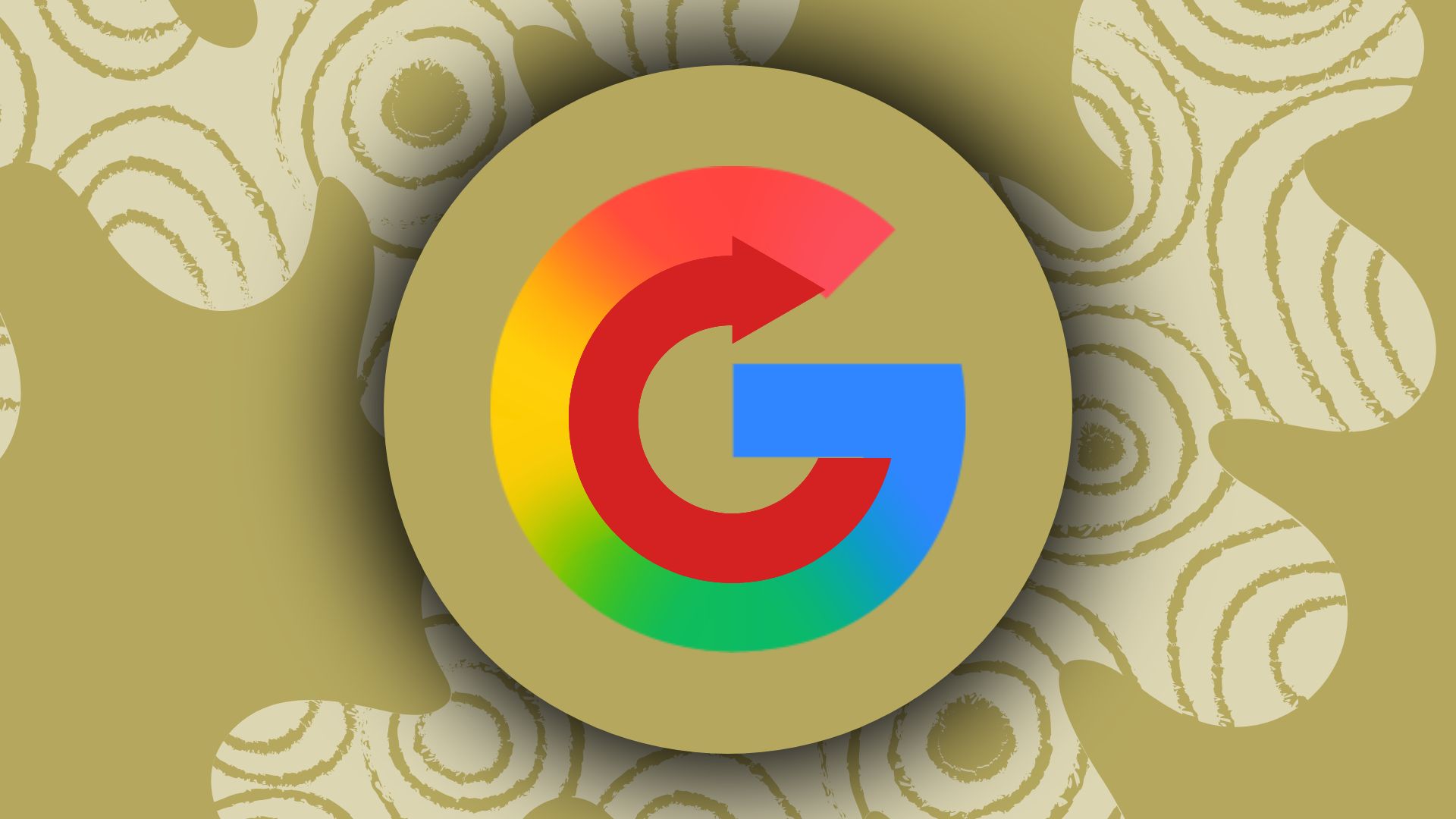Google has confirmed that the August 2025 spam update is now complete. The update began on 26 August and finished on 22 September, taking nearly four weeks to roll out. While this update was designed to tackle spam rather than overhaul search rankings, marketers may still see effects in their site traffic and visibility.
What is a Google spam update?
A Google spam update is a targeted change to the way Google detects and reduces spam in its search results. Spam can take many forms, including:
- Pages created automatically with little or no human oversight
- Content copied or scraped from other sites
- Sites stuffed with irrelevant keywords or manipulative links
- Deceptive tactics such as cloaking or doorway pages
These updates aim to protect search users by removing low-quality or harmful results. Unlike broader algorithm changes, they are focused specifically on compliance with Google’s spam policies.
What’s the difference between a Google core update and a spam update?
It’s easy to confuse the two, but they have very different purposes.
- Core updates: broad changes that adjust how Google evaluates and ranks content overall. They can cause noticeable shifts in visibility across entire industries.
- Spam updates: narrower changes designed to penalise or demote spammy practices. They don’t reward new winners so much as filter out bad actors.
For marketers, this distinction matters. A core update may affect even high-quality sites if Google’s ranking signals shift, while a spam update is usually only a risk if a site is pushing the limits of Google’s policies.
What early data shows
Search monitoring companies reported two clear phases. The first wave of changes arrived quickly, with many sites seeing shifts in visibility within 24 hours of the rollout starting. A second wave followed around 9 September, bringing more volatility to search results.
Overall, this update acted more like a filter than a reshuffle. It was less about rewarding winners and more about removing offenders. Some websites that had been penalised in earlier rounds also reported signs of recovery as the rollout settled.
How to know if your site was affected
The most obvious signal is a sudden drop in impressions or clicks in Google Search Console during the rollout period. Some sites also noticed pages disappearing from the index or slipping sharply down the rankings, especially where content was thin or poorly maintained.
If traffic dropped while competitors stayed steady, that’s a clue your site may have been flagged. Remember, spam updates are applied site by site, not across entire sectors.
What you can do now
If you suspect your site was hit, the best response is to carry out a focused audit:
- Remove or rewrite thin or duplicate pages
- Strengthen existing articles with genuinely useful information
- Check inbound links and disavow those that look manipulative
- Review Google’s spam policies and ensure your site complies fully
Once changes are made, request reindexing through Search Console. Recovery may take weeks or months, but investing in quality and trustworthiness pays off more than quick fixes.
Why this matters for marketing teams
For marketers, the key message is that SEO risk isn’t only about algorithms but also about policy enforcement. Updates like this reinforce the need for sustainable practices that focus on trust and value for the user.
Rather than chasing quick SEO wins, marketing teams should focus on content quality, compliance, and monitoring. By doing so, they’ll minimise disruption when spam updates arrive and build resilience for the long term.






